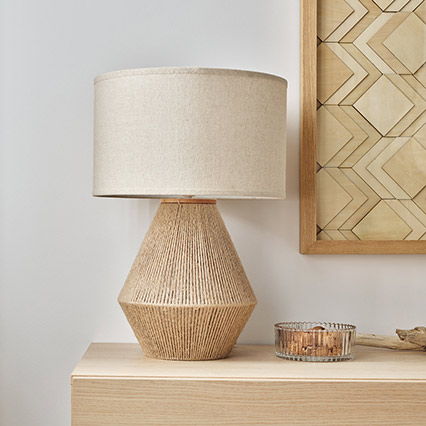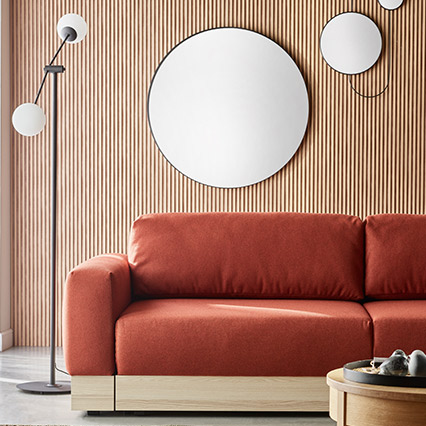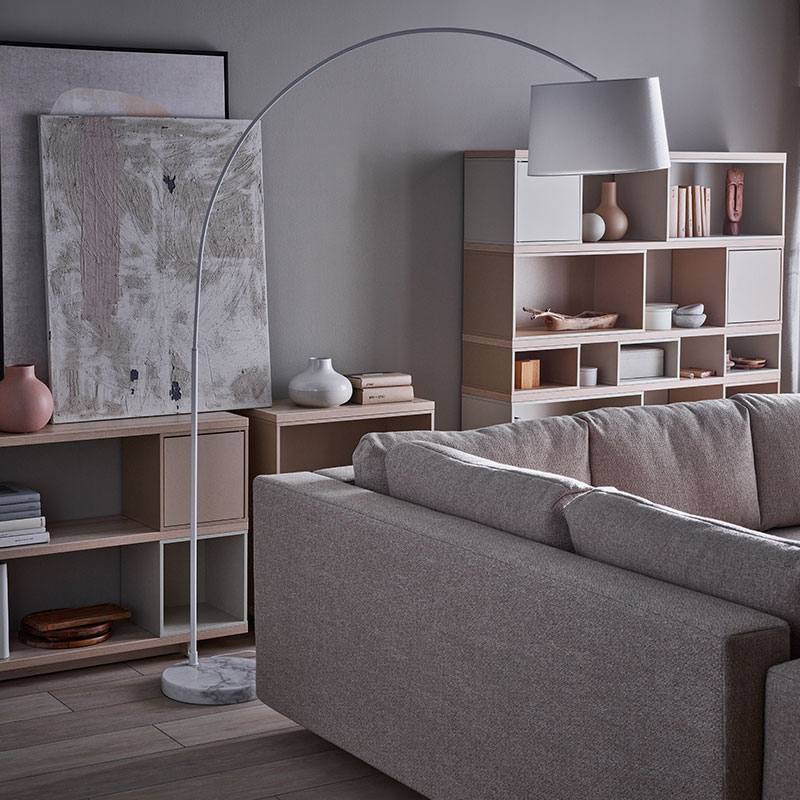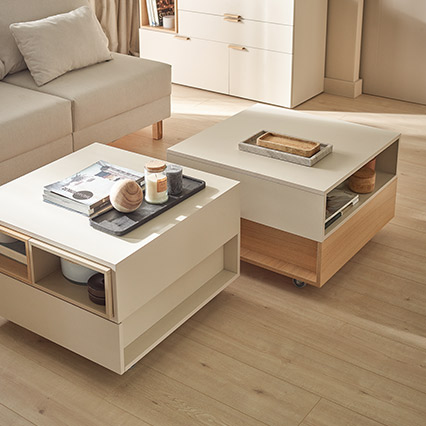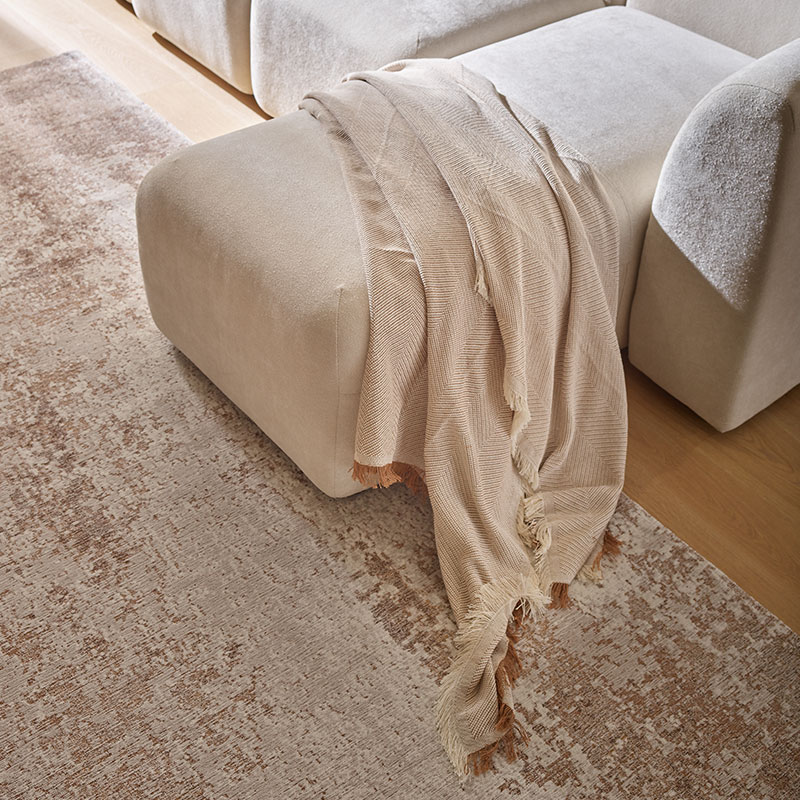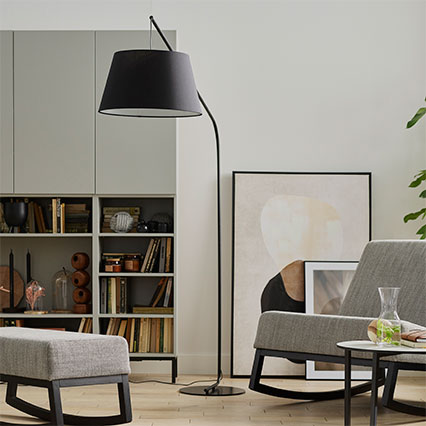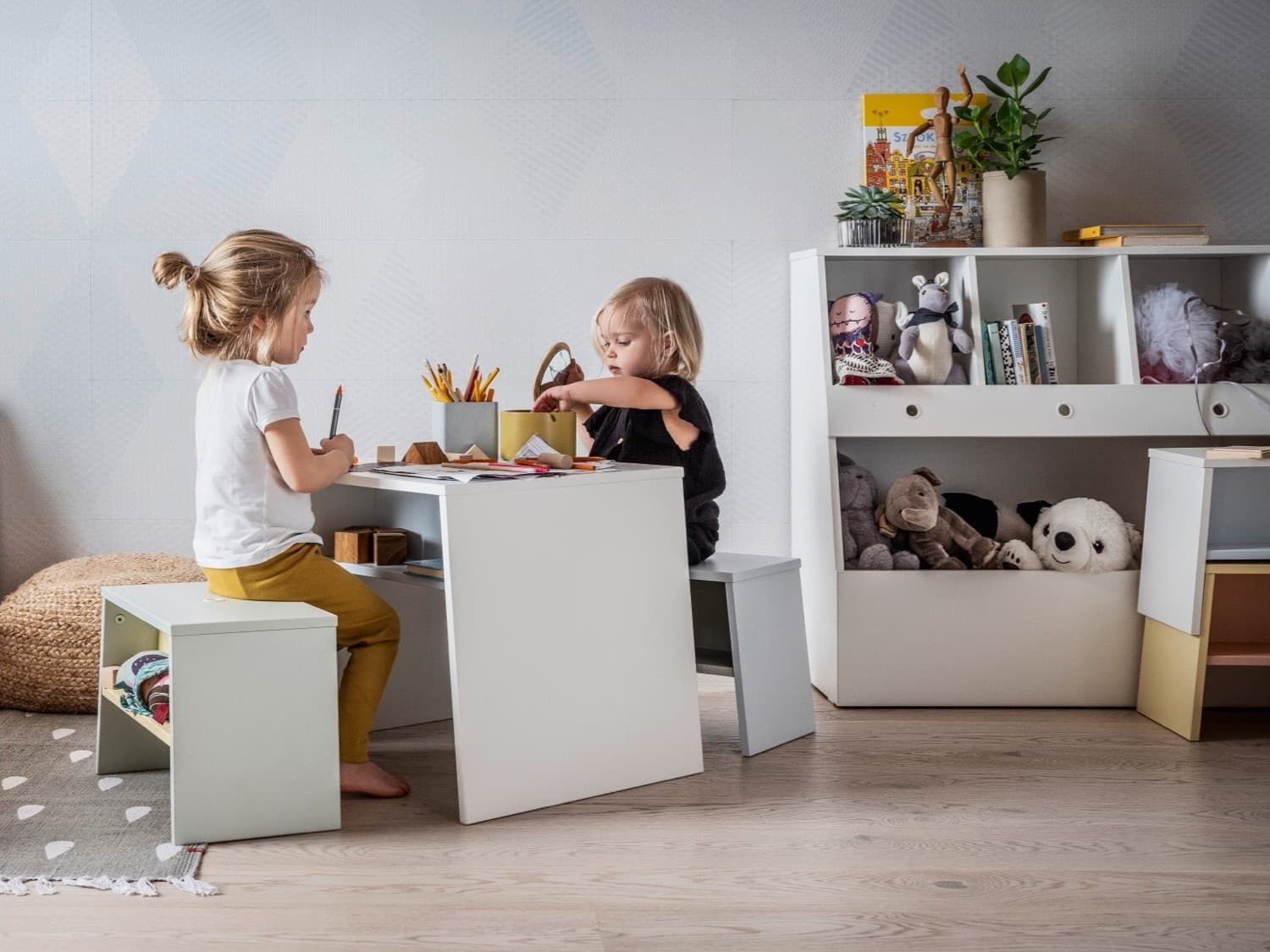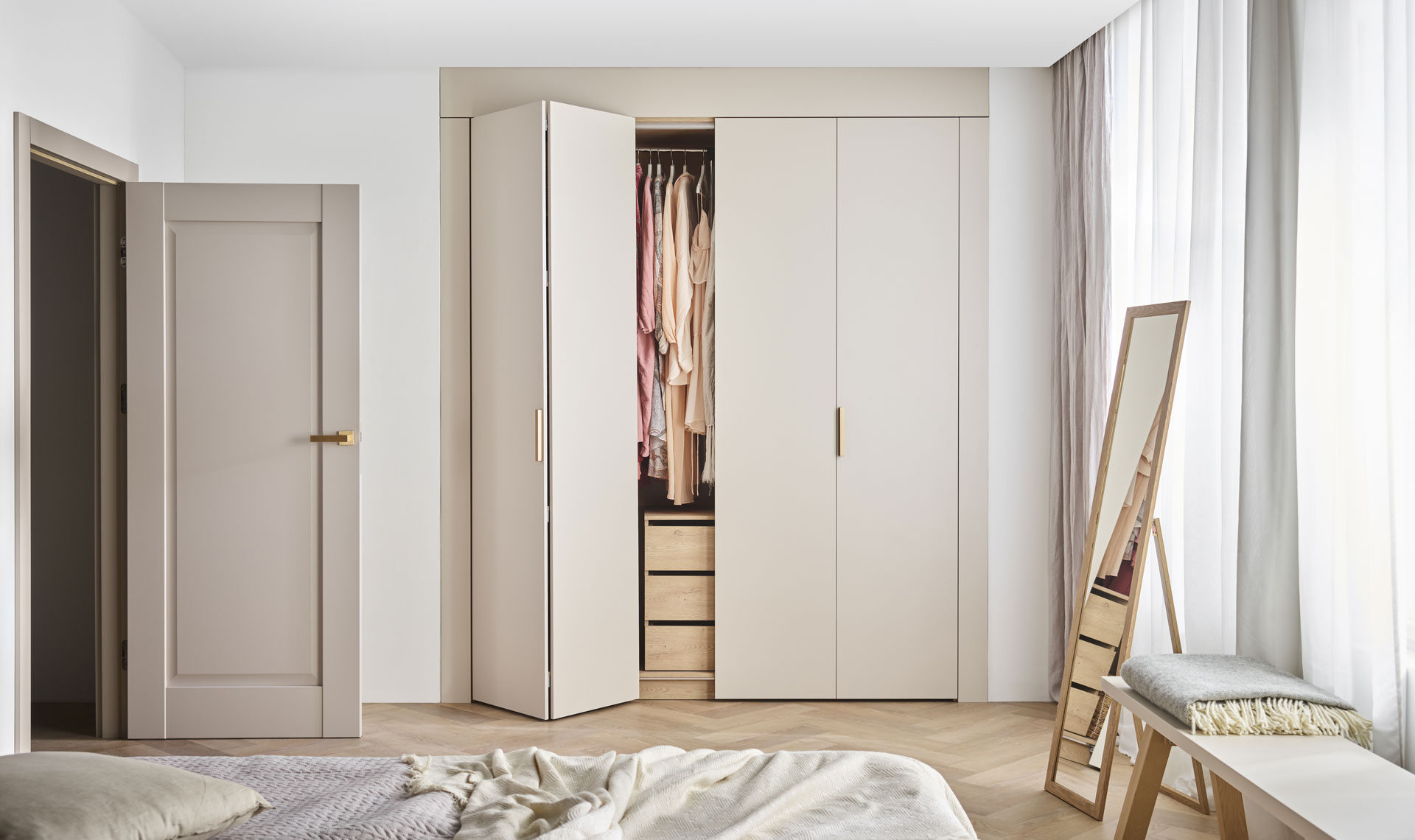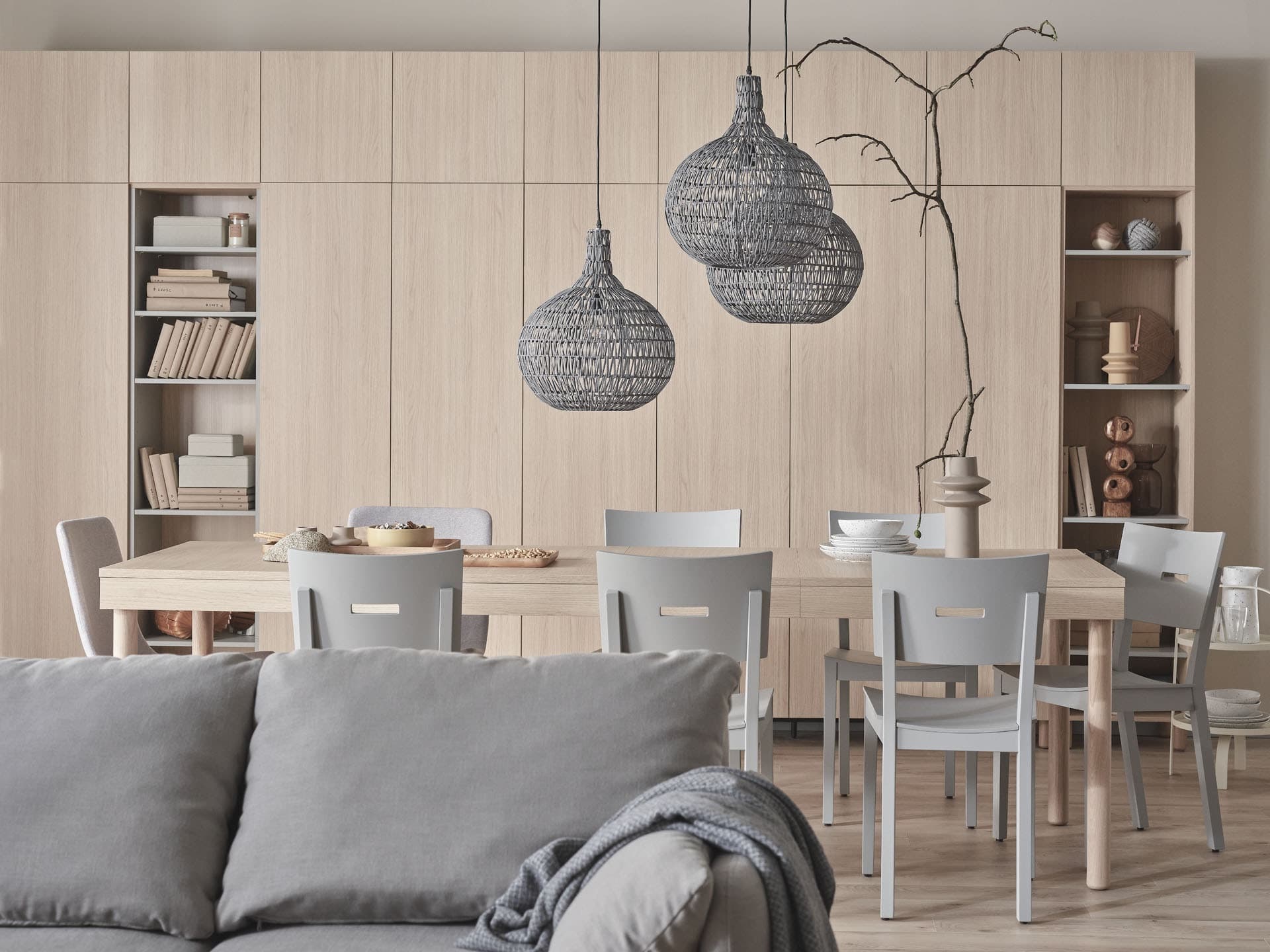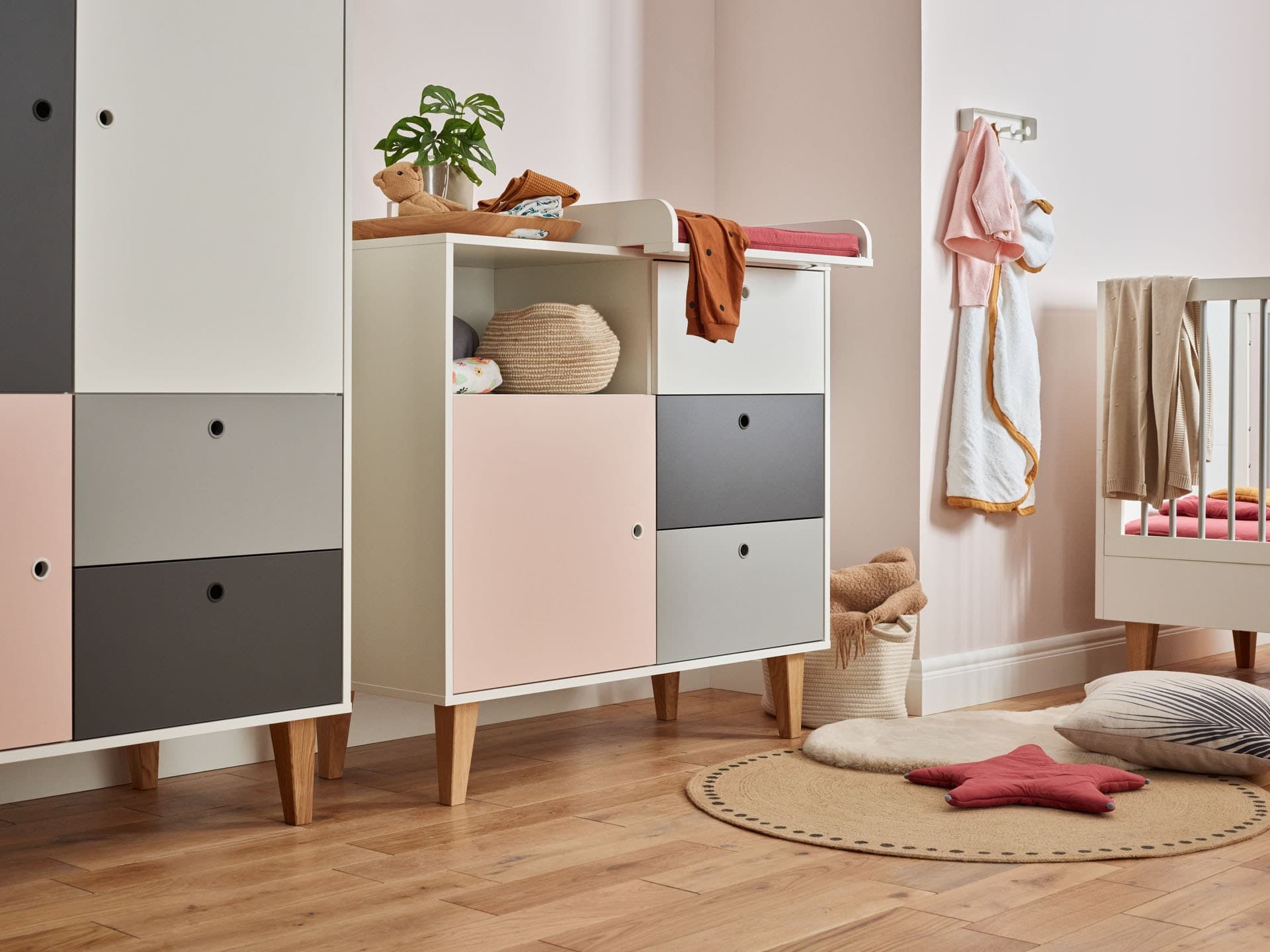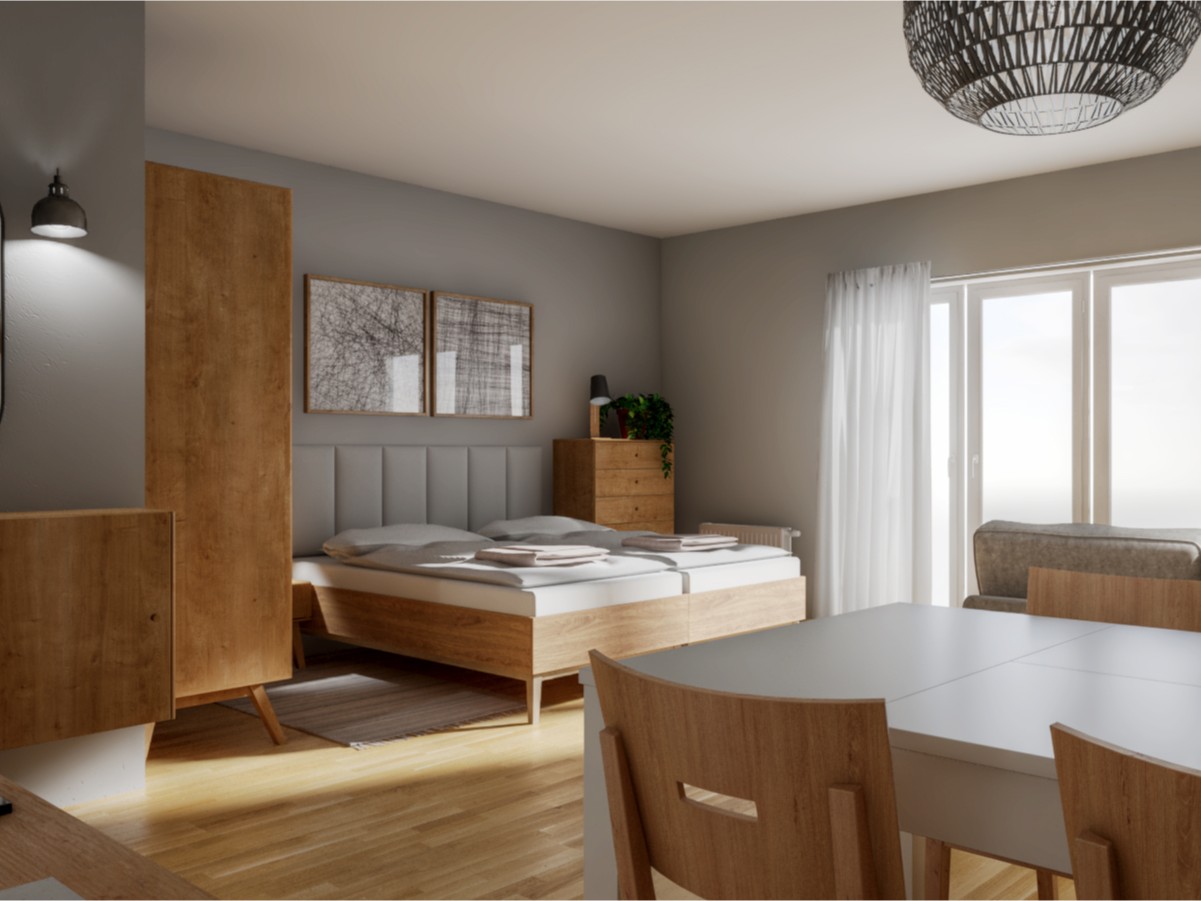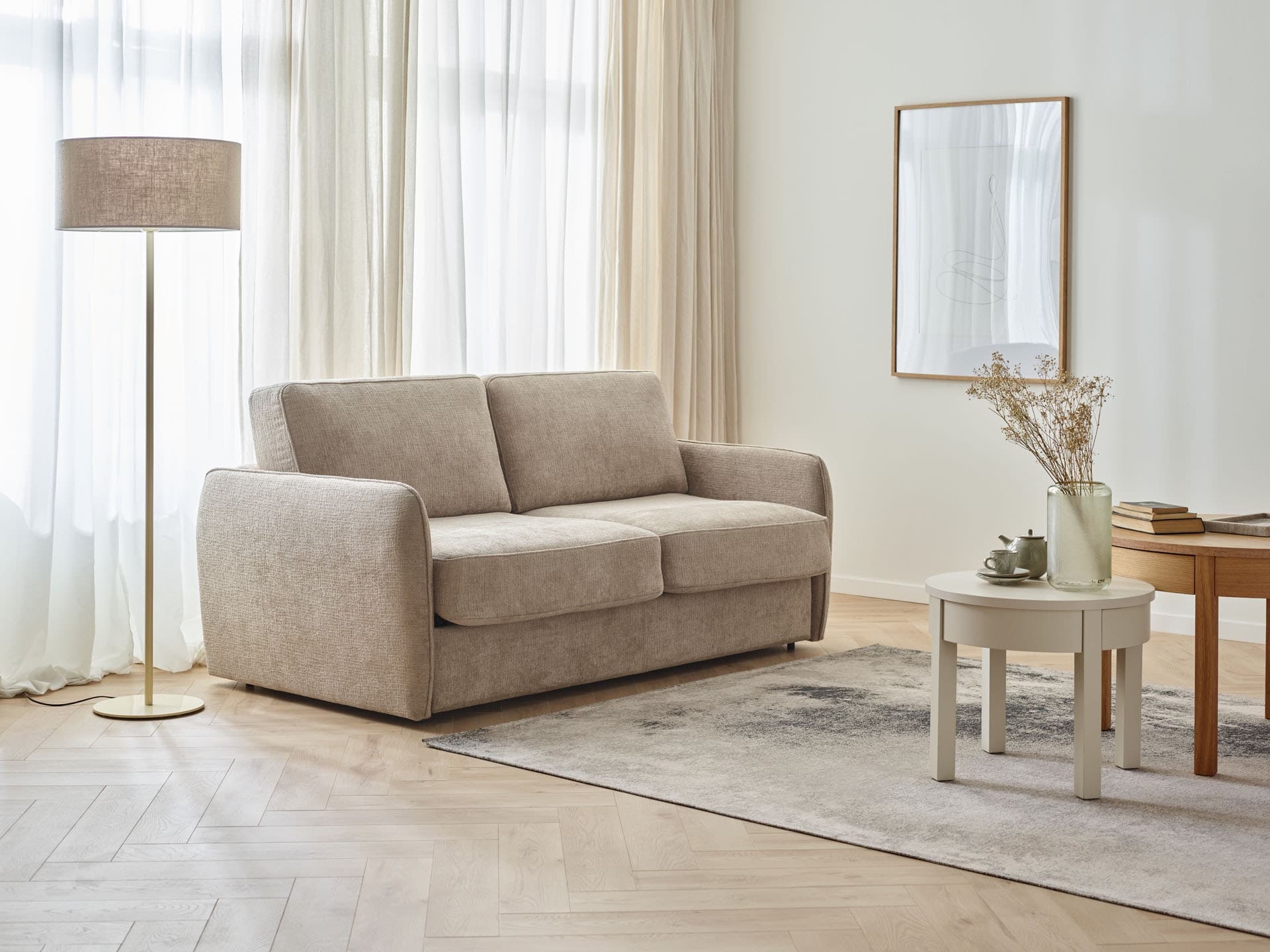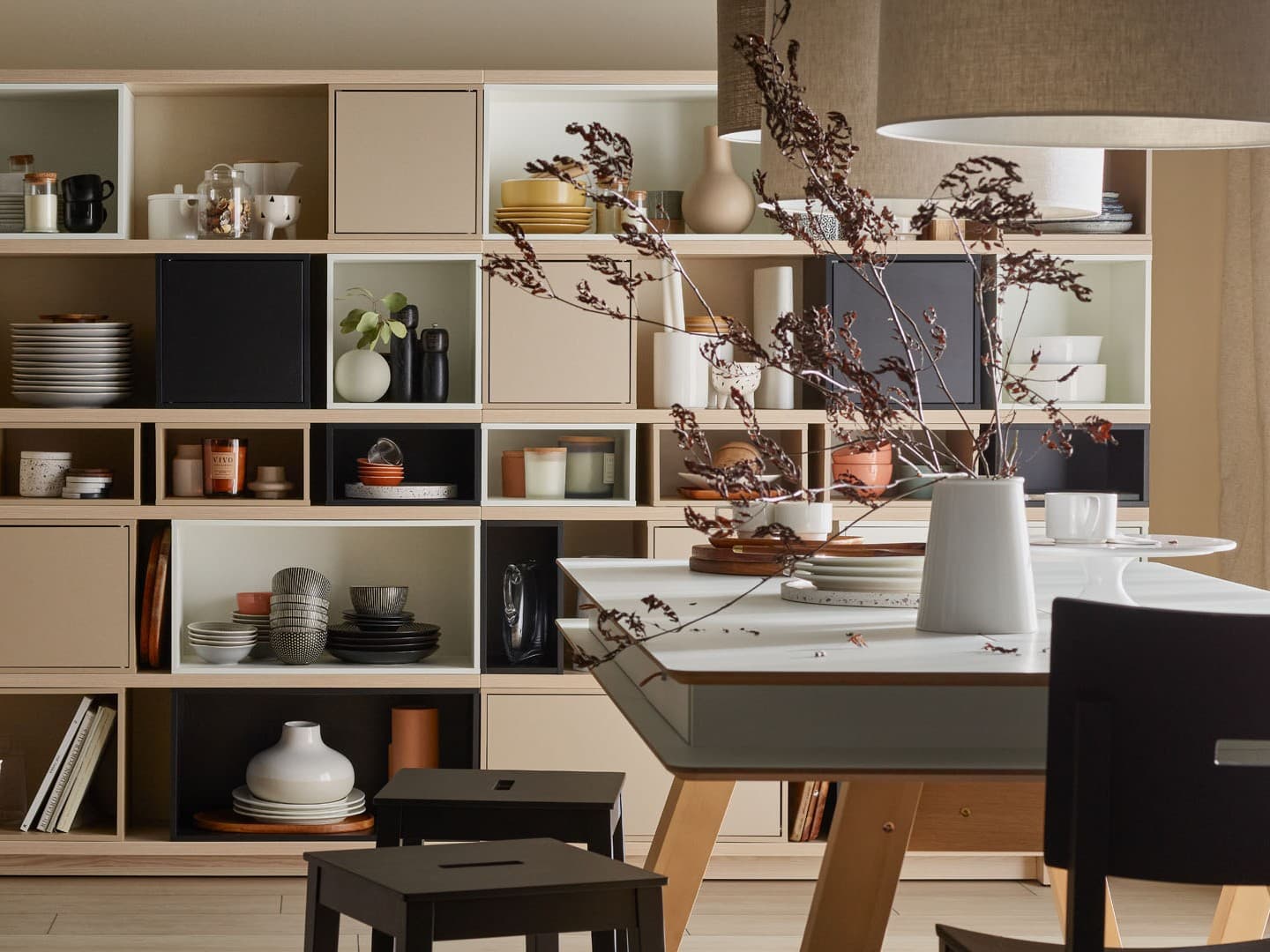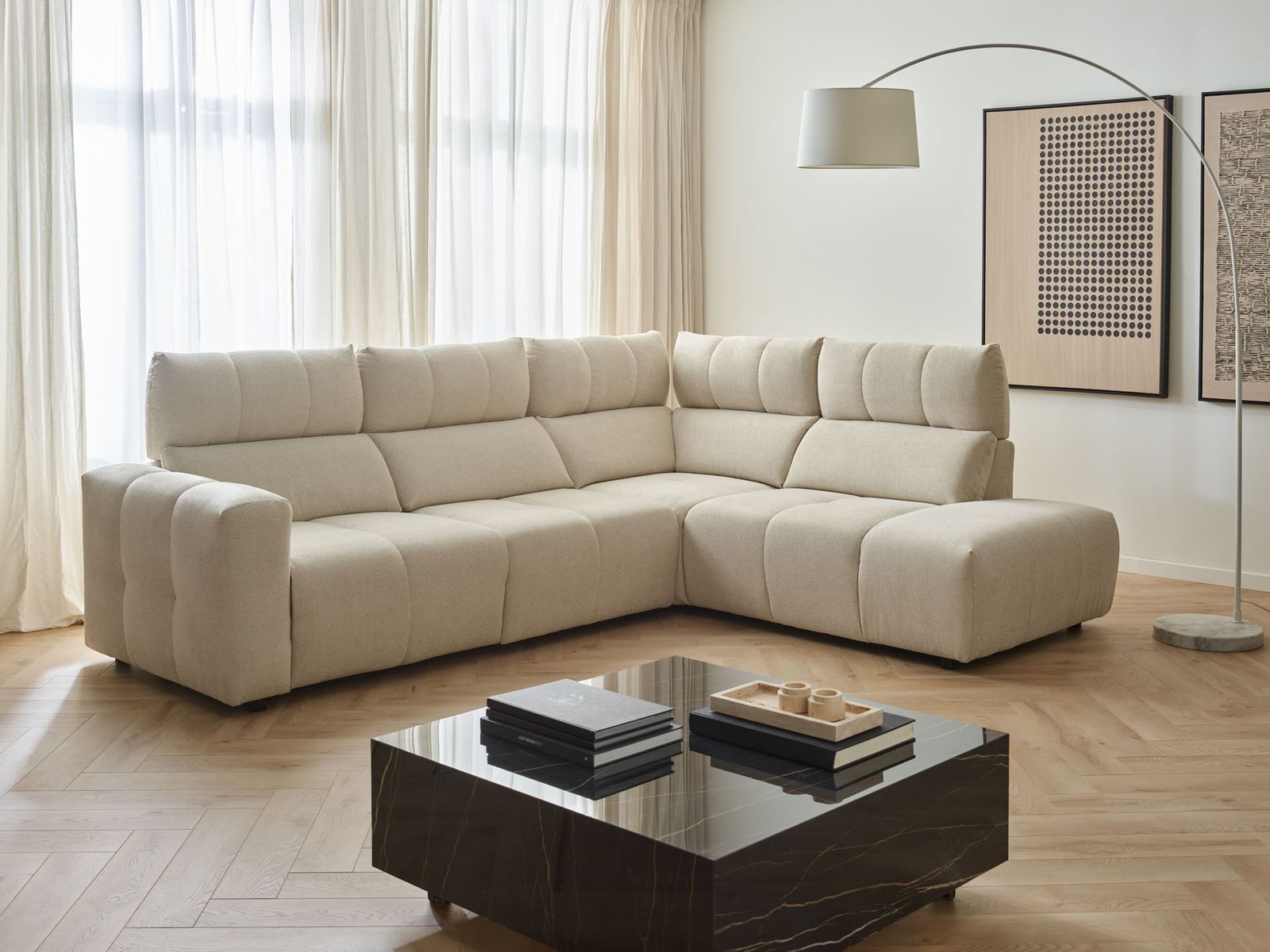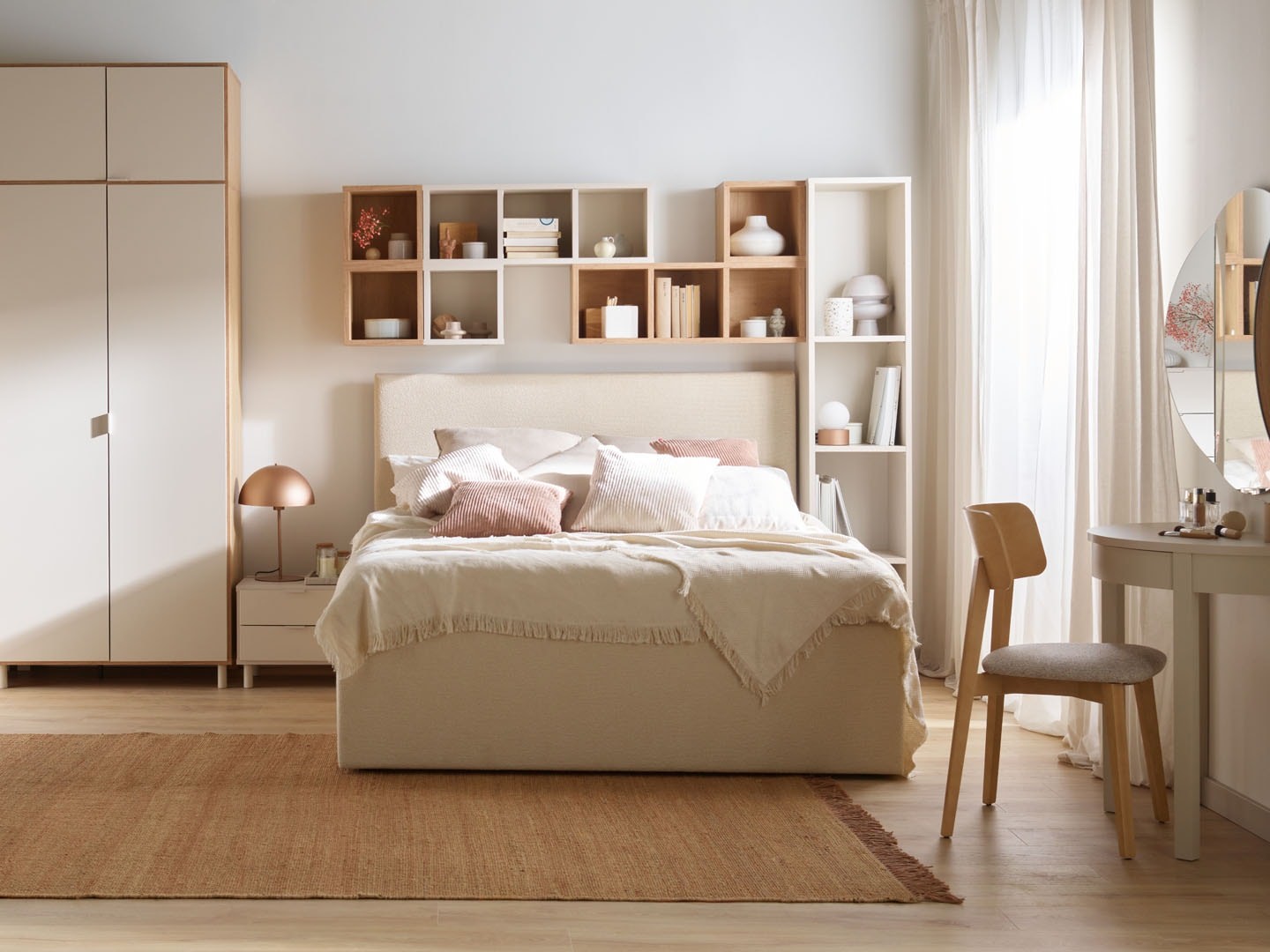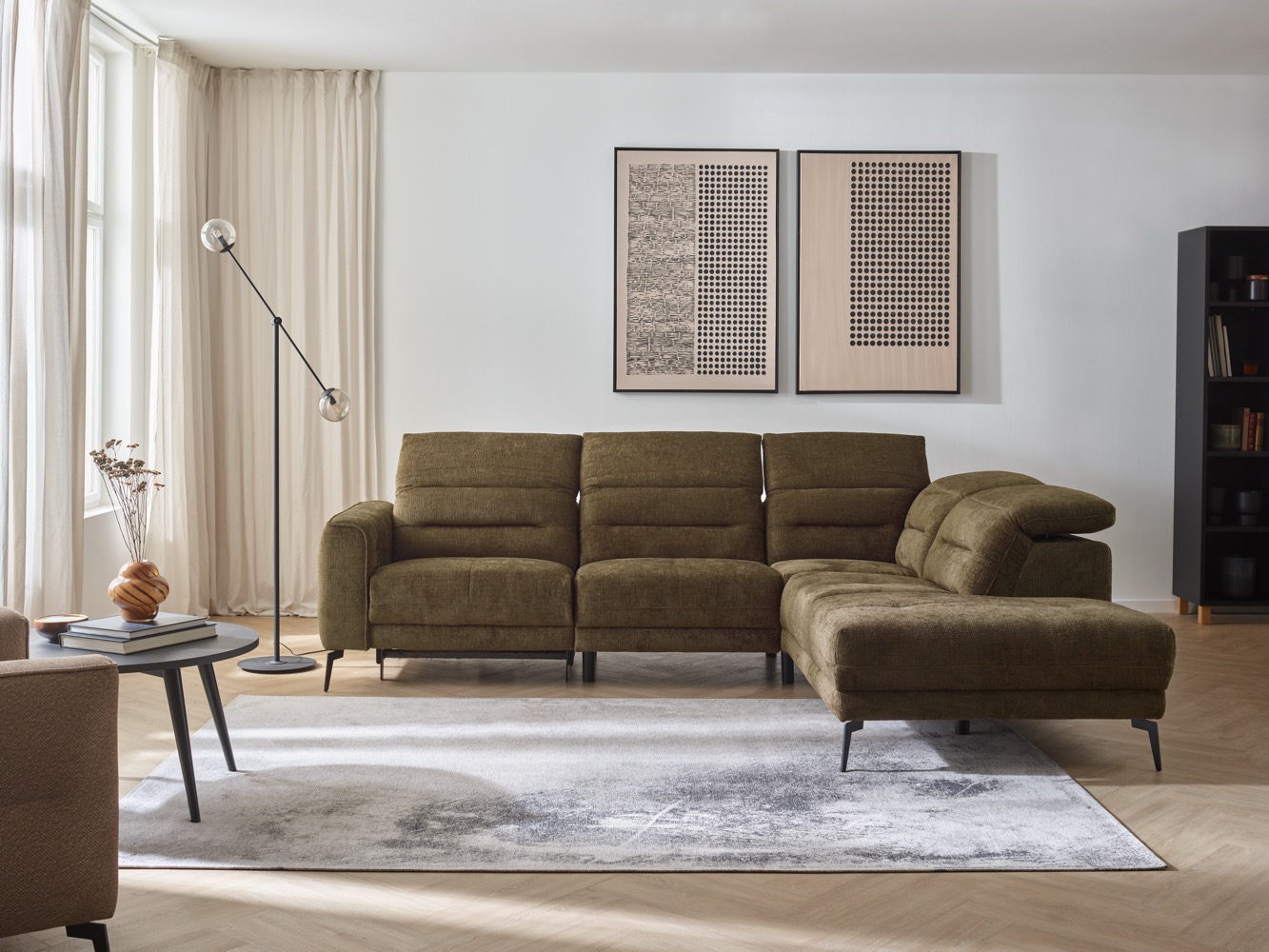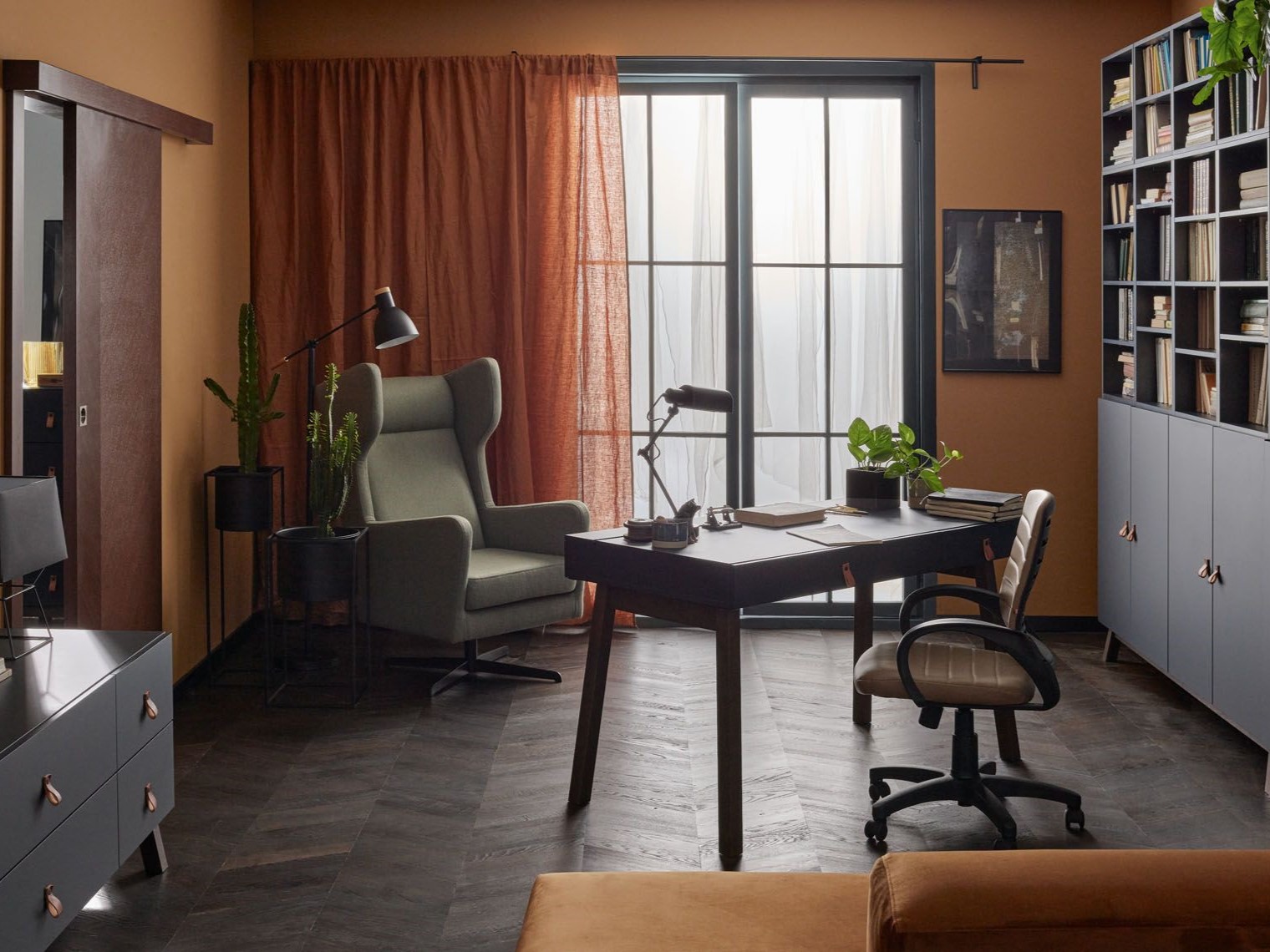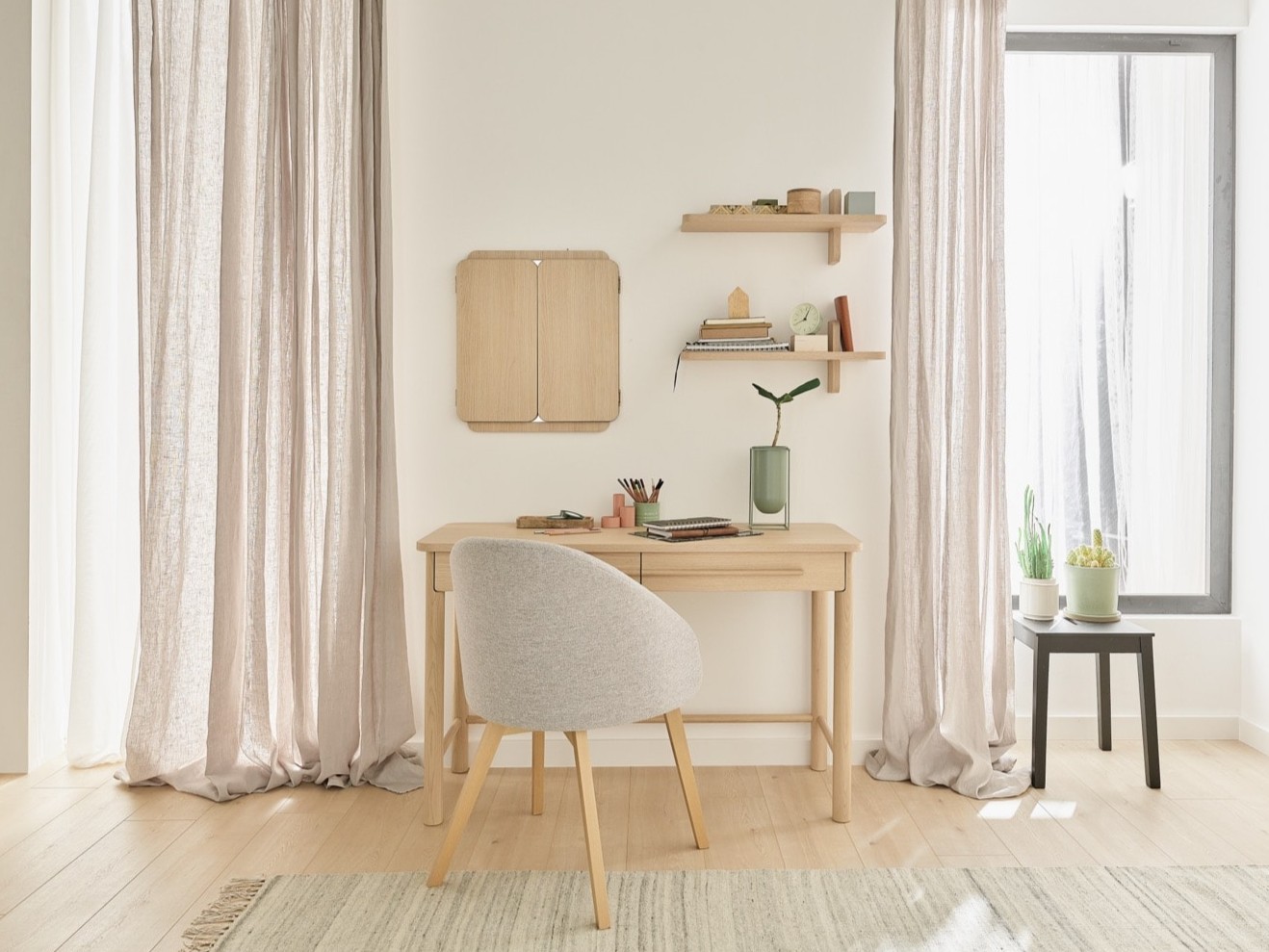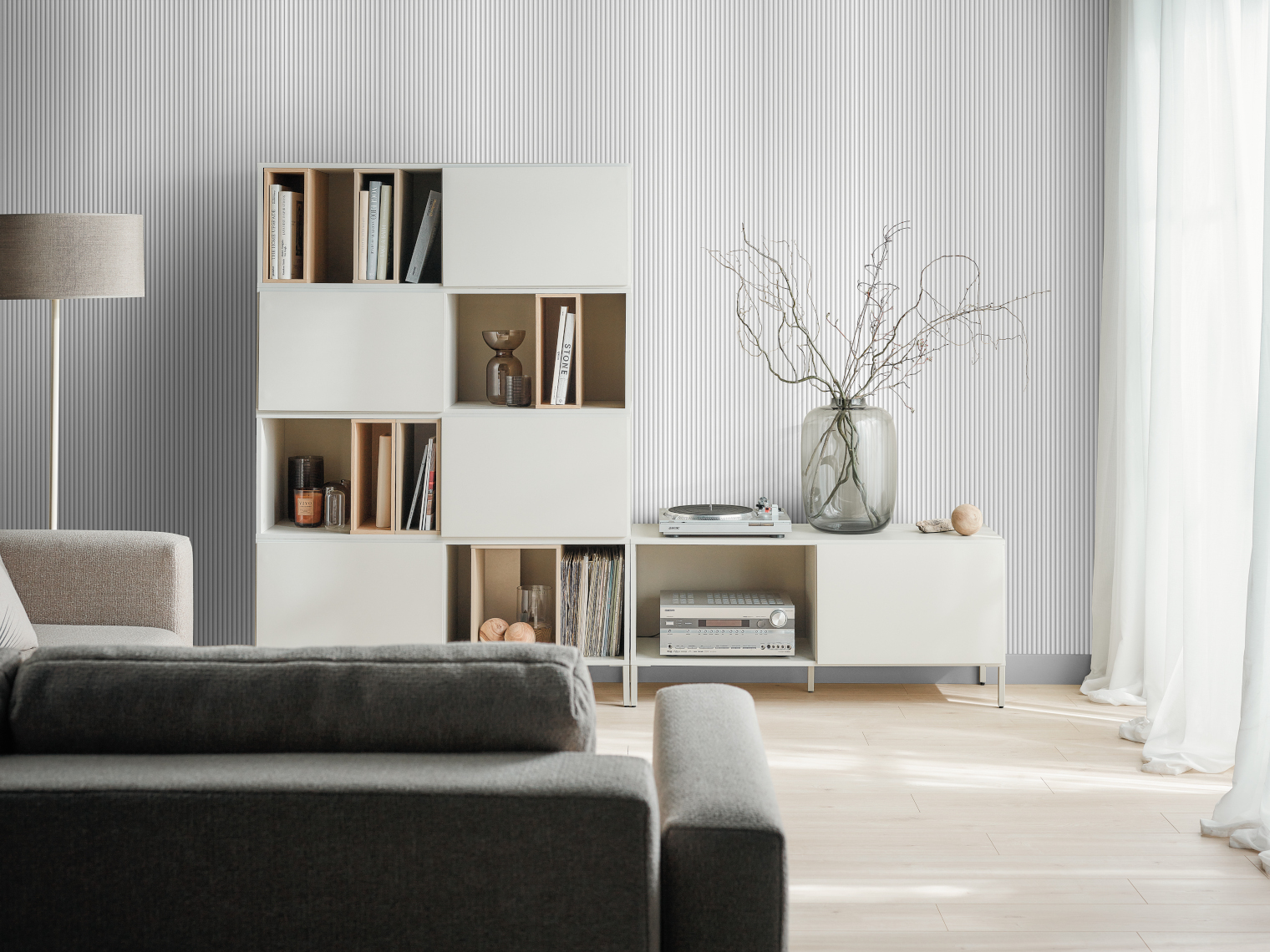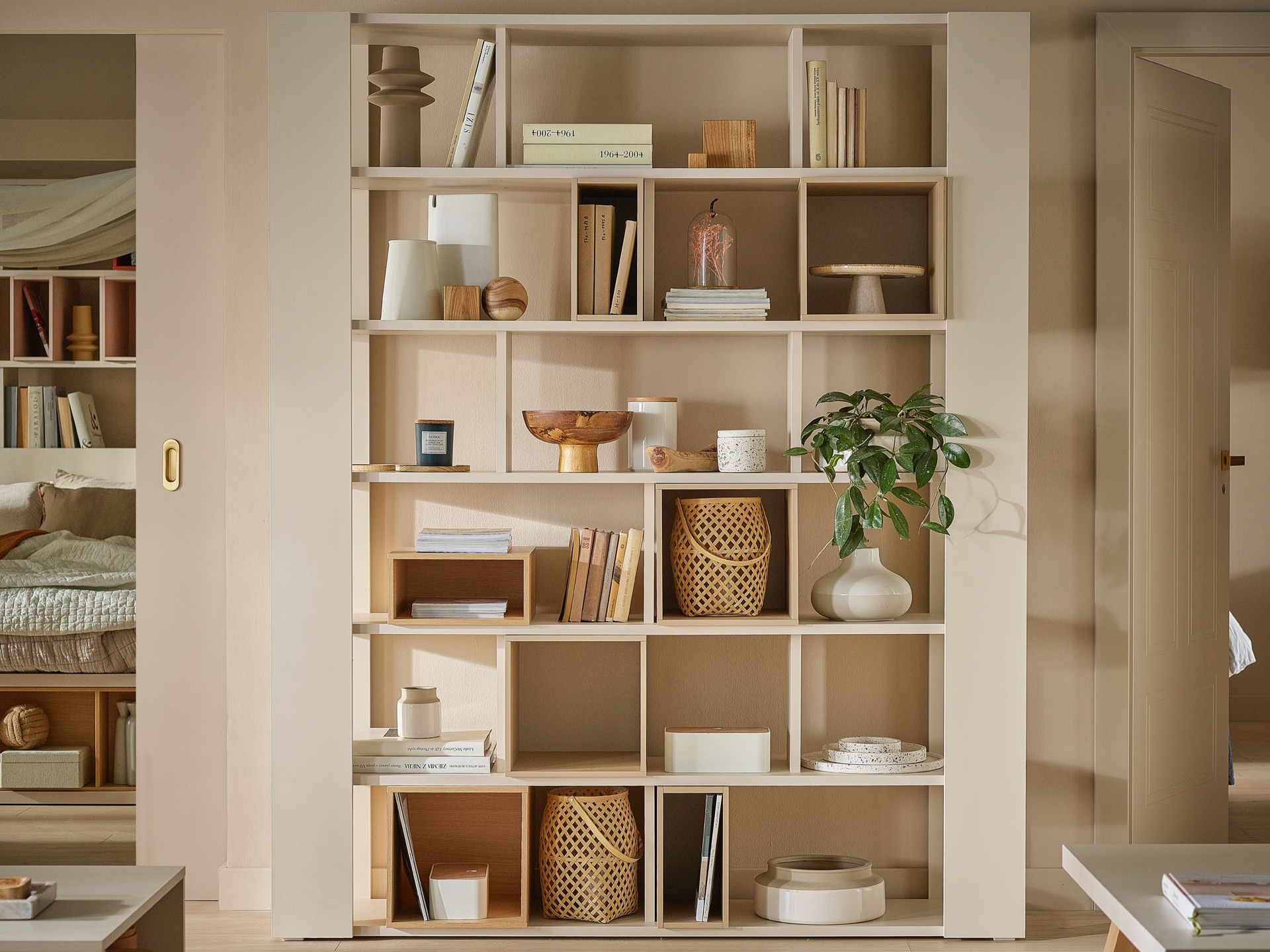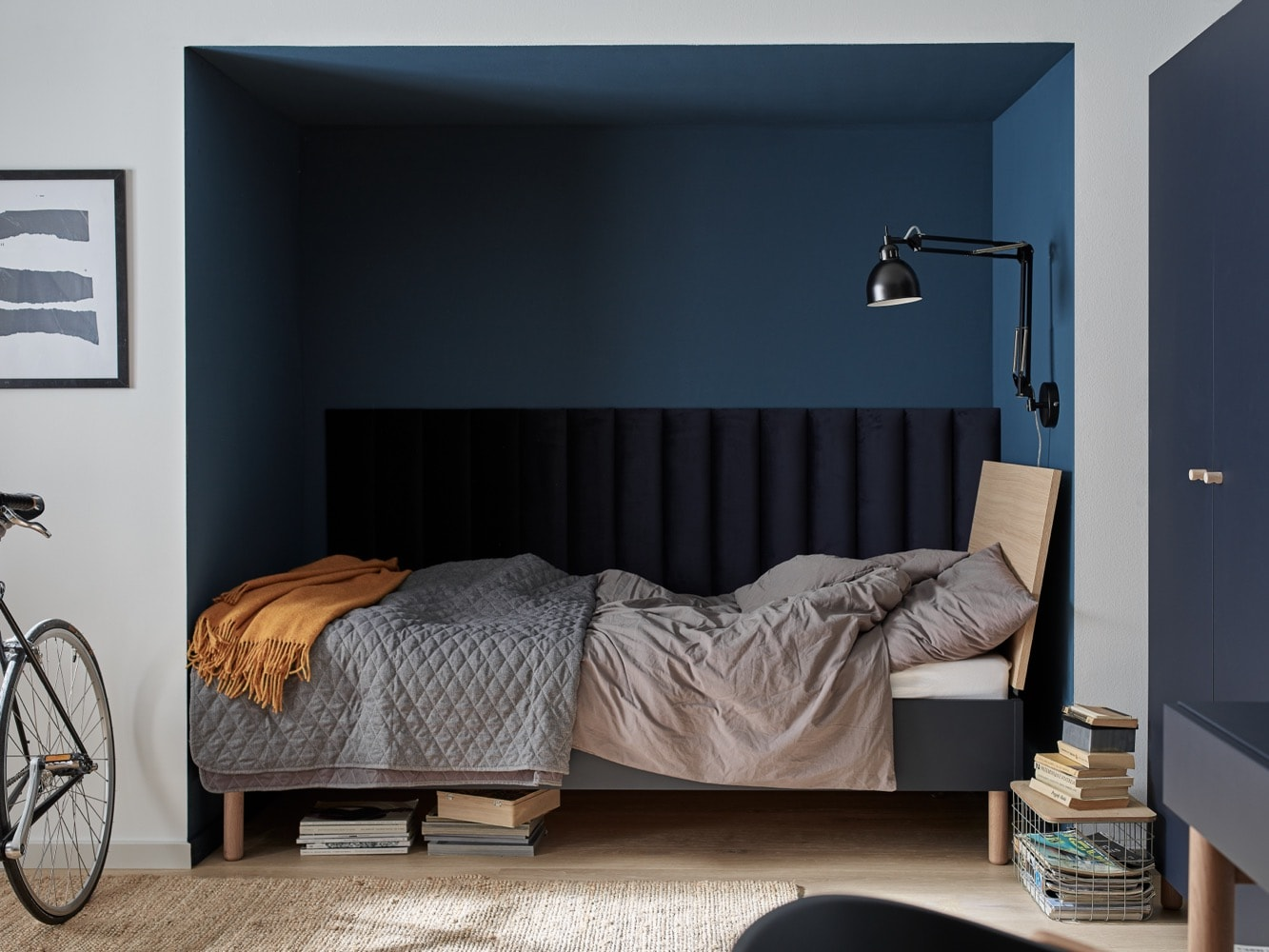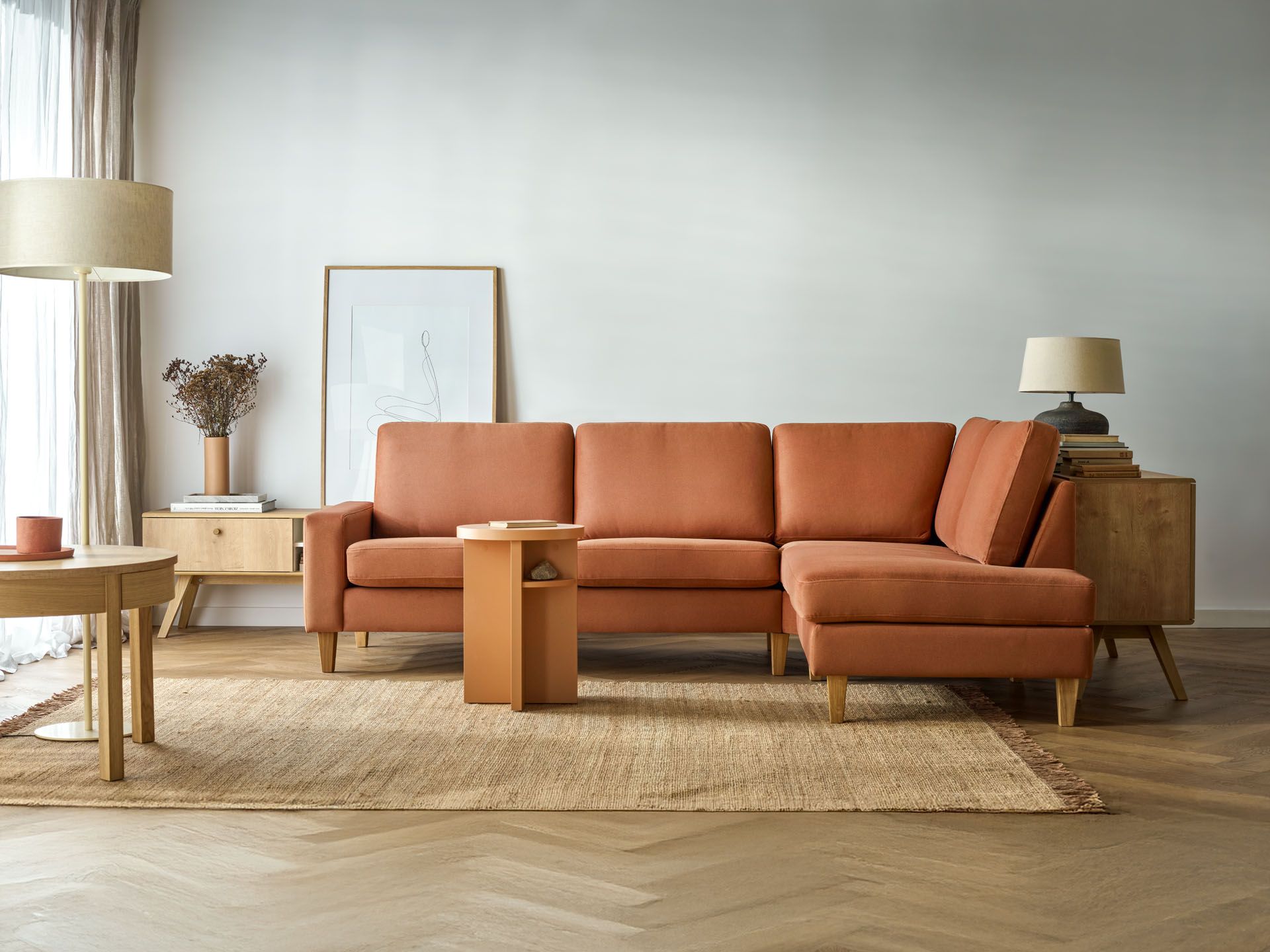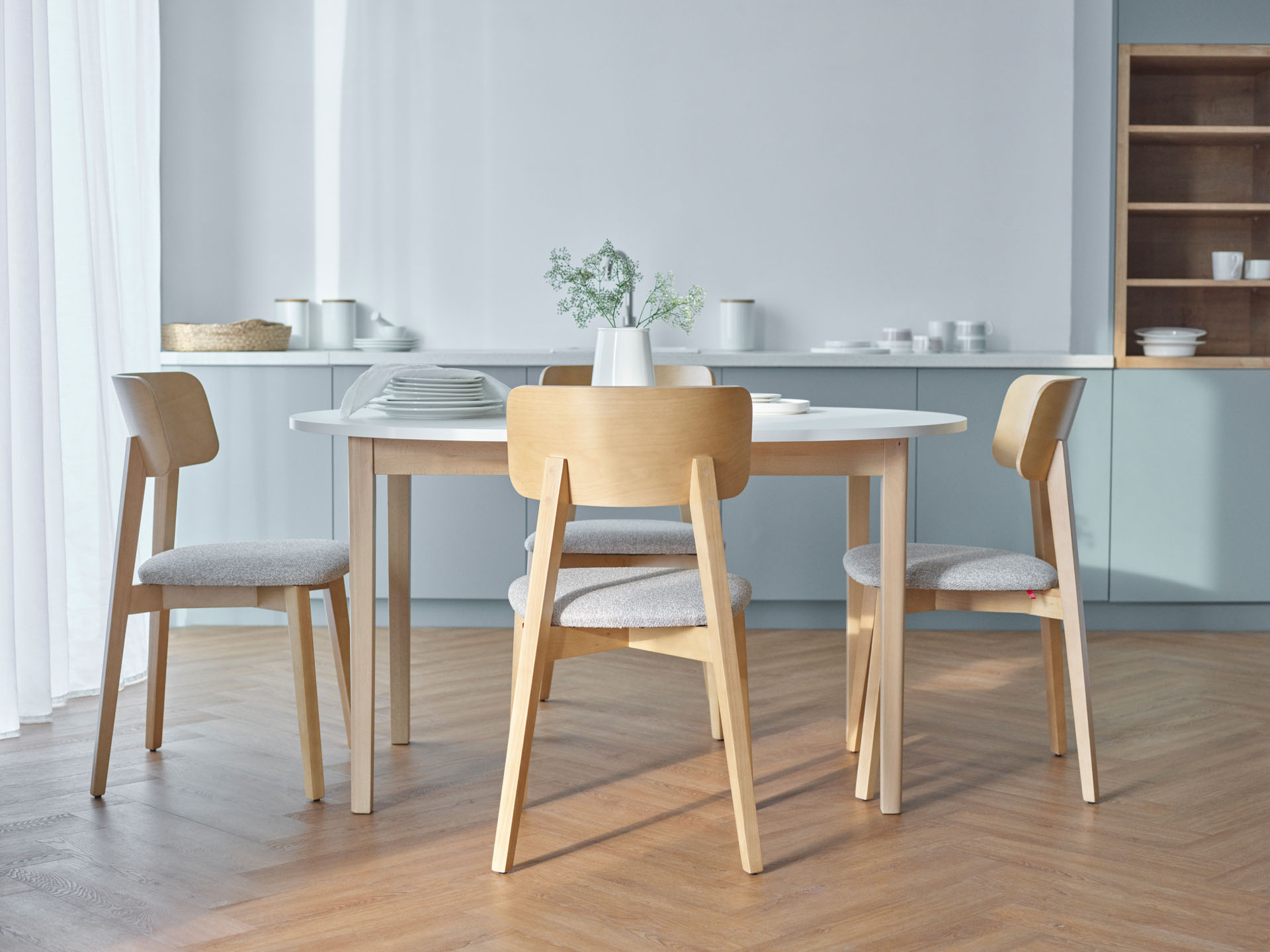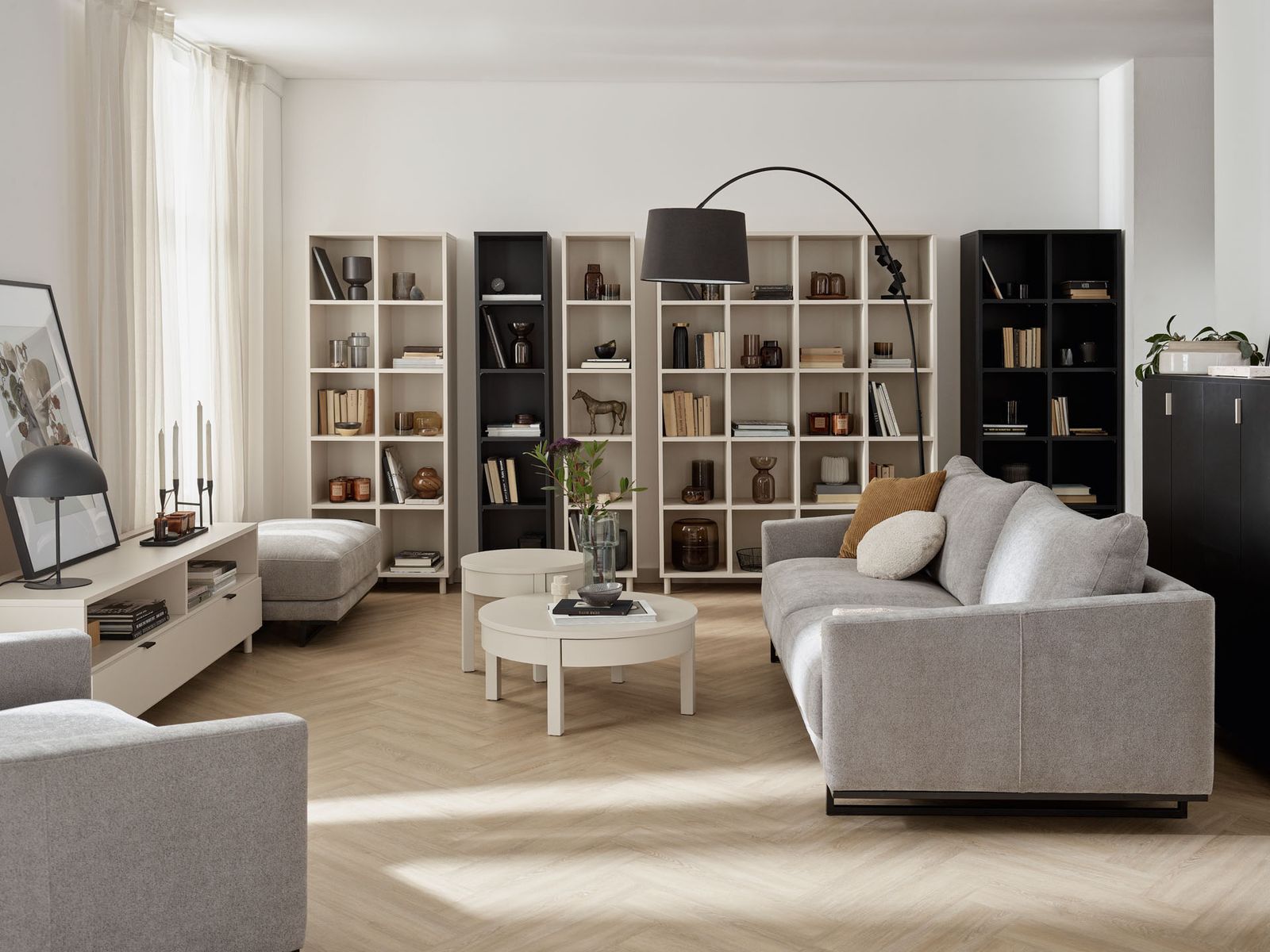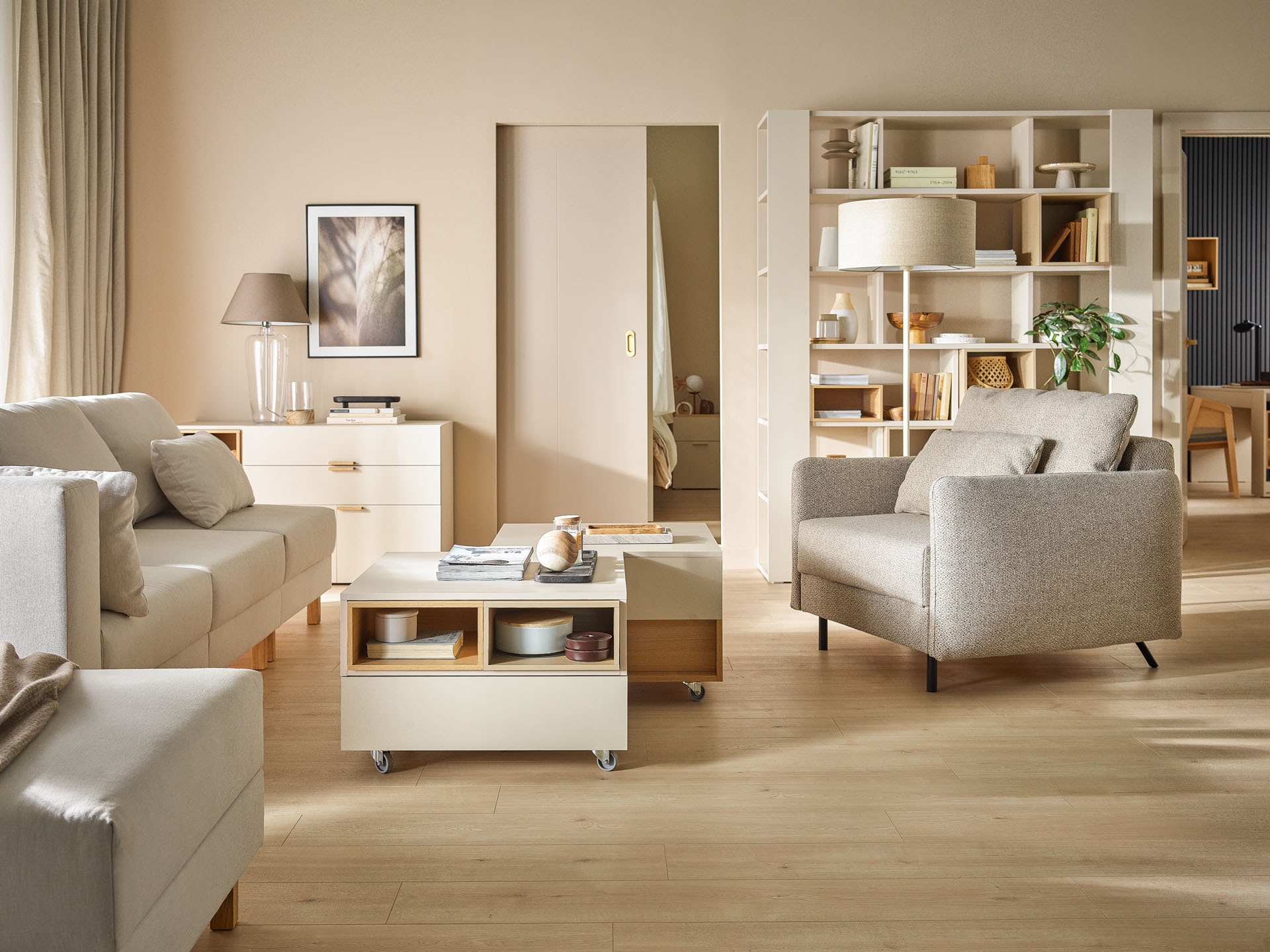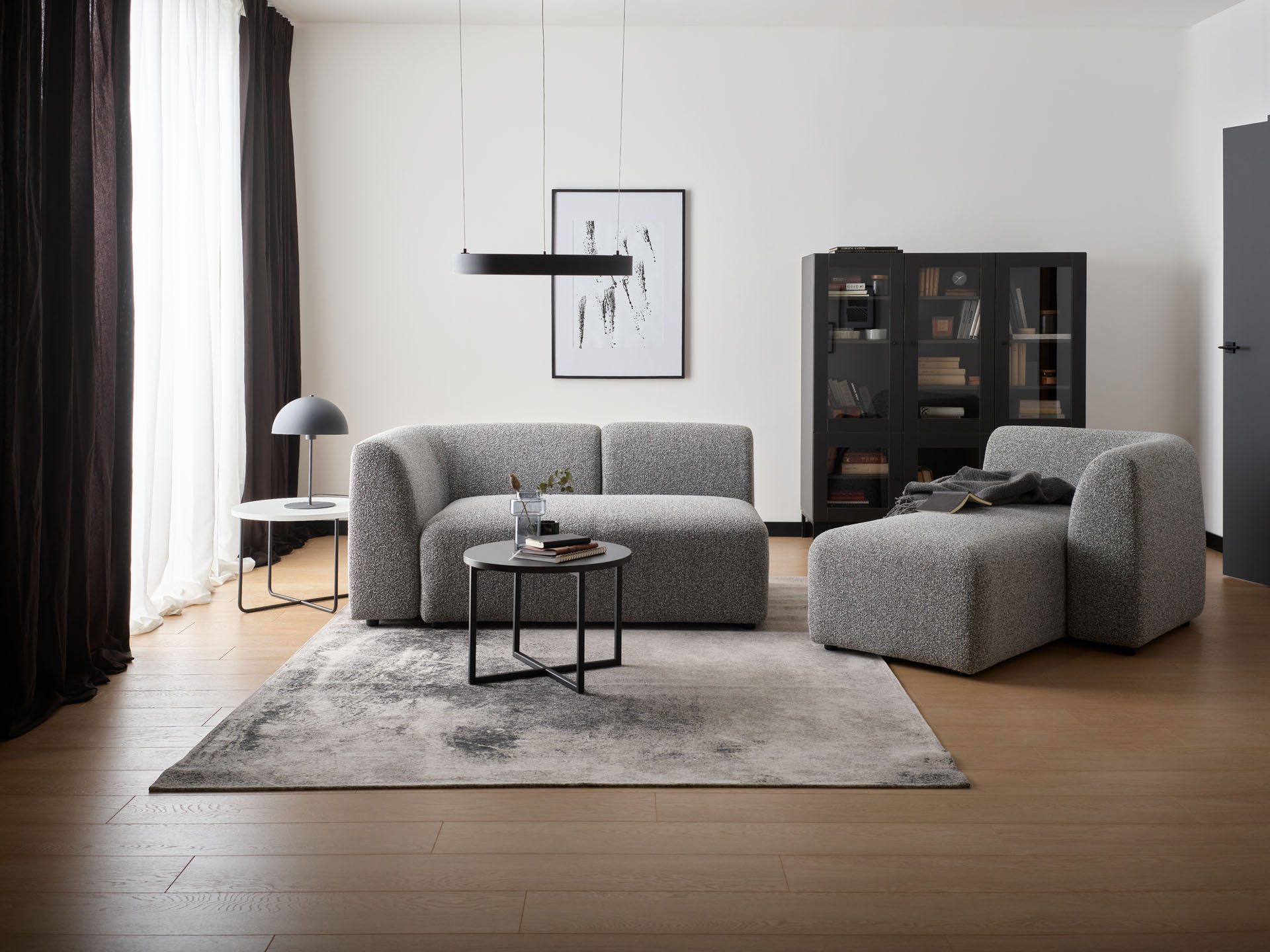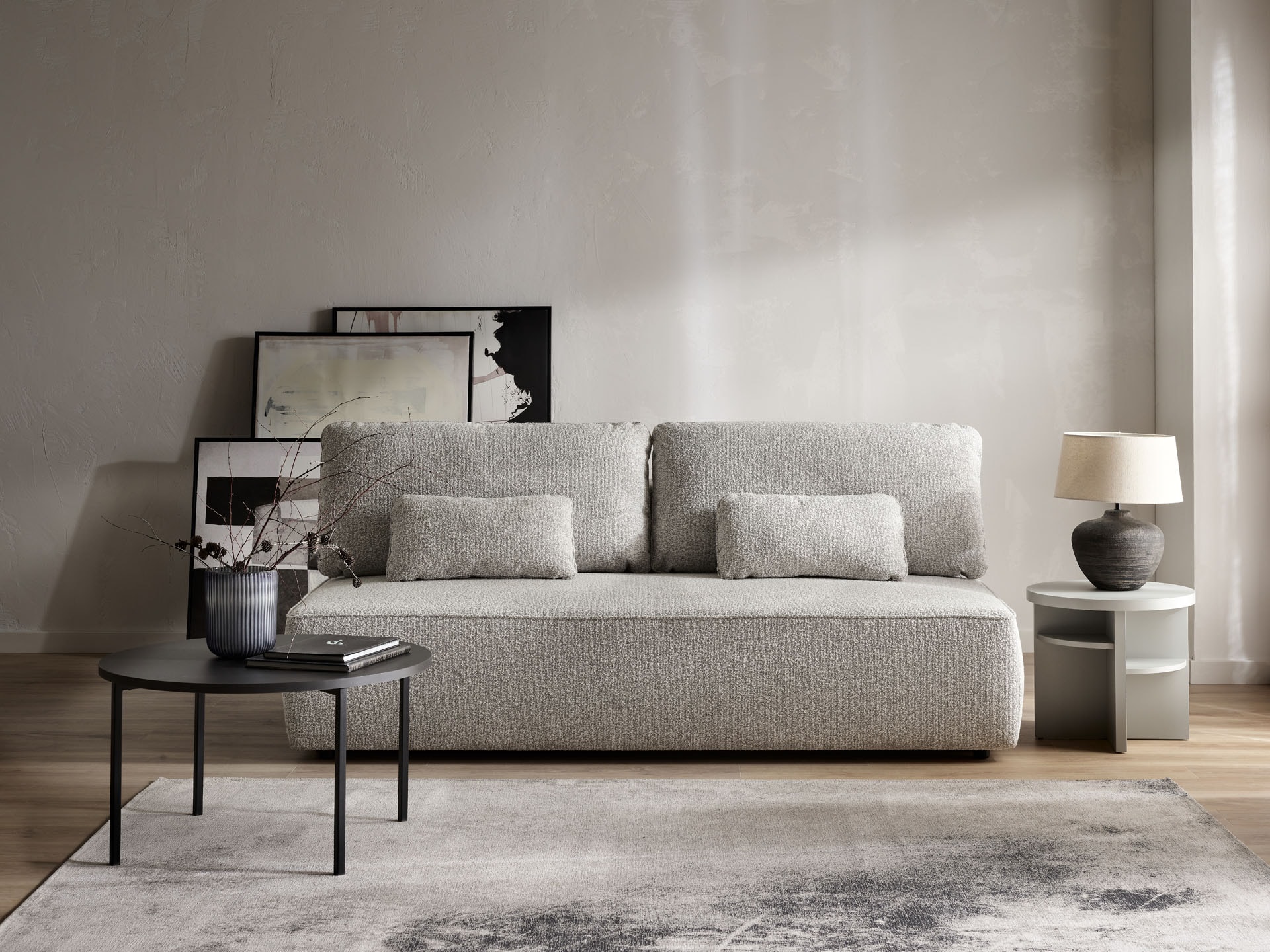Lighting for the living room how to create space with light and shadow?
Light and shadow play a huge role in shaping the mood and character of an interior. They can enlarge a cramped room, give it depth and clarity and bring cheerfulness into the home. Properly arranged light zones are conducive to rest and invite relaxation - this is why it is worth taking advantage of the play of light and shadow when arranging your dream cosy living room.
While most of our rooms are designed with specific tasks in mind - cooking, dining, bathing or sleeping - the living room is an extremely multifunctional room. Depending on the time of day, it can be the place where we receive our friends and family, relax with a good book, play with the children or work. Such a versatile space requires carefully planned lighting to make everyday life easier.
LIGHTING FOR THE LIVING ROOM - COLOUR MATTERS
The living room is the heart of every home. It is here that afternoons, evenings and weekends move at different speeds. The light should adapt to our rhythm of life: too harsh can be distracting, cause irritation and anxiety, and too dark may not be functional enough.
Therefore, if you want to fill your living room with optimism and harmony, you should opt for warm-coloured light bulbs, which are relaxing and conducive to rest. However, if you want to create a working area, opt for slightly cooler light that promotes concentration.
Avoid sharp contrasts - light aimed directly at the edges or glass panes will be glaring and focus your attention excessively. Therefore, try to position lighting points in such a way that they create a soft and gentle feeling. Use a floor lamp to illuminate the decorative cushions resting on the armchair or a small table lamp, whose light will gradually spread over a warm wooden table top.
LIGHT IN THE LIVING ROOM TO PROMOTE RELAXATION
It is also a good idea to separate lighting zones in the room, dictated by different types of activities. When decorating the interior, let's take a moment to consider what will be happening most often in our living room.
If we want to create a comfortable space for watching films, let's take into account the fact that televisions emit their own light. The lighting we choose should not interfere with it - the resulting glare makes viewing difficult and is harmful to the eyesight. Remember not to aim lamps directly at the screen. Instead, we can place diffused light just behind it. This will increase the visibility around the TV and avoid shining directly into the eyes of those who are watching.
If you prefer a good book to a film, choose desk lamps or lamps specially designed for reading instead of the usual standing lamps. Their bright, focused light falls directly on the pages of the book and not on the space around us. This way, our eyesight gets less tired and we don't have to squint. A good idea would be to set up a universal floor lamp with an adjustable arm or to install a wall lamp with a movable arm in our reading corner. In this way, we can control the beam of light ourselves, adjusting its direction to our position on the armchair or sofa.
Candles will also help to create a relaxing atmosphere in the evening. Their flickering flames will evoke positive associations, reassure and strengthen our sense of security. Candles can be placed in stylish bamboo or metal lanterns. Dimmable lamps complement this highly atmospheric arrangement perfectly. By adjusting the intensity of the light, we can easily illuminate the room on a cloudy day and create an intimate atmosphere in the evening, conducive to relaxation from the hectic rhythm of the day.
LIVING ROOM LAMP: STANDING OR HANGING?
Until recently, Polish living rooms were dominated primarily by central ceiling lamps. However, this solution had a fundamental disadvantage - a single hanging lamp could rarely sufficiently illuminate the entire room. Today, we are more aware of the role light plays in our interiors and choose more than one light point for the living room.
Which lamps will work best in the living room? A ceiling lamp will still be the basis - sometimes even more than one is useful. In larger rooms or living rooms combined with a dining area, it is worth using several lamps, suspended in individual areas of the interior - for example over the table and the seating area. A large lamp with multiple shades of smoky glass will also be an interesting choice.
It is also worth supplementing the arrangement with side lighting, which will help to create a cosy atmosphere in the living room. Place a floor lamp near the sofa or your favourite armchair, which can be conveniently adjusted according to your needs. If you want to additionally display family photographs hanging on the wall, you can install an elegant wall lamp next to them. A lamp with a lampshade placed on a chest of drawers or a coffee table will also be a nice accent in any interior.
In the evening, when our eyes are tired, we do not need to switch on the central ceiling lamp. In the living room, small points of light are ideal to make the room a perfect oasis for relaxation. A light fixture in the display case can be used to display a collection of books or family heirloom china. Cotton Happy Lights arranged on a chest of drawers will create a magical atmosphere on long autumn evenings.
DON'T FORGET NATURAL LIGHTING FOR THE LIVING ROOM
When arranging the living room lighting, let's also make sure that as much natural light as possible enters the interior during the day. Its role is particularly appreciated by Scandinavians, who have completely given up installing roller blinds, curtains or shutters in their windows. As a result, their homes are filled with pleasant light almost all year round.
How do I let more sun into my home? If you are currently planning the construction of a house, make sure that the living room has a south-facing exposure, if possible. Then it will be really bright all day long. Large expanses of glass will also be important. Nowadays, whole walls made of glass are very popular - they make the interior seem larger and more spacious than it really is. When decorating a flat in a block of flats, do not use heavy and dark curtains, which will overwhelm the room. Replace them with light and delicate fabrics or roller blinds.
COLOUR SELECTION AND SUBTLE SHADOW PLAY
Once you have decided on the lighting for your living room, turn your attention to the rest of the furnishings. When planning furniture purchases, try to exercise restraint. If you place a lot of massive, dark furniture in the living room, it will make the interior appear smaller than it really is. In order not to block the flow of sunlight, tall cupboards and display cabinets should be placed further away from the window. However, a sofa or corner sofa can be placed right next to the window - a seating area bathed in natural daylight is a great idea.
To illuminate the room, opt for light and delicate colours such as white, grey and beige. Introduce stronger colour accents with care. A single emerald-coloured wall will look great, but an entire living room painted in this way will appear cramped and overwhelming.
When thinking about the role of light, don't forget about shadow. Without a few slightly darker corners, the interior will appear flat and dull. It is the subtle play of light and shadow that builds the cosy character of the living room. Flickering candles or the soft lights of decorative chains strung along the wall will help us to relax and unwind.

